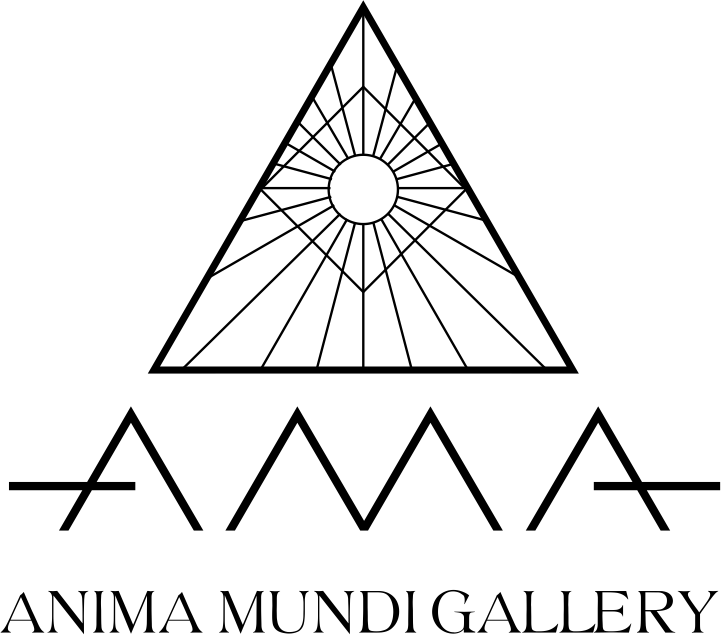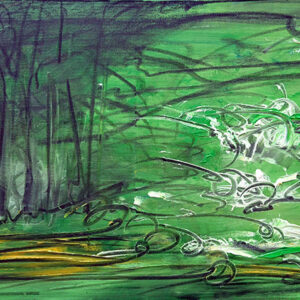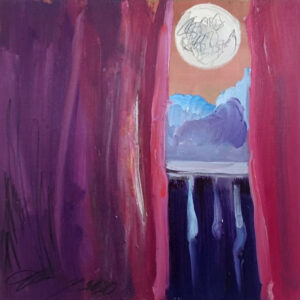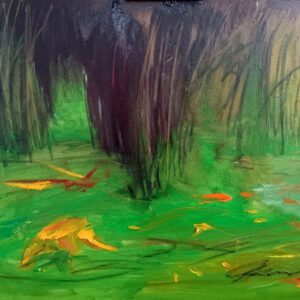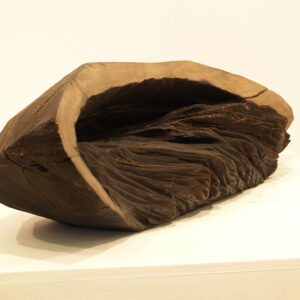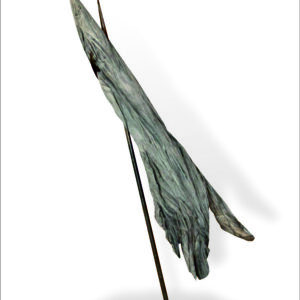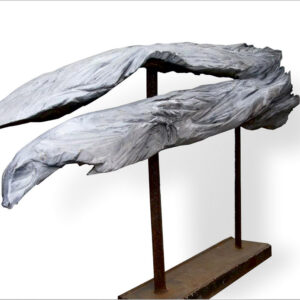Kornelijus Užuotas
Lithuania
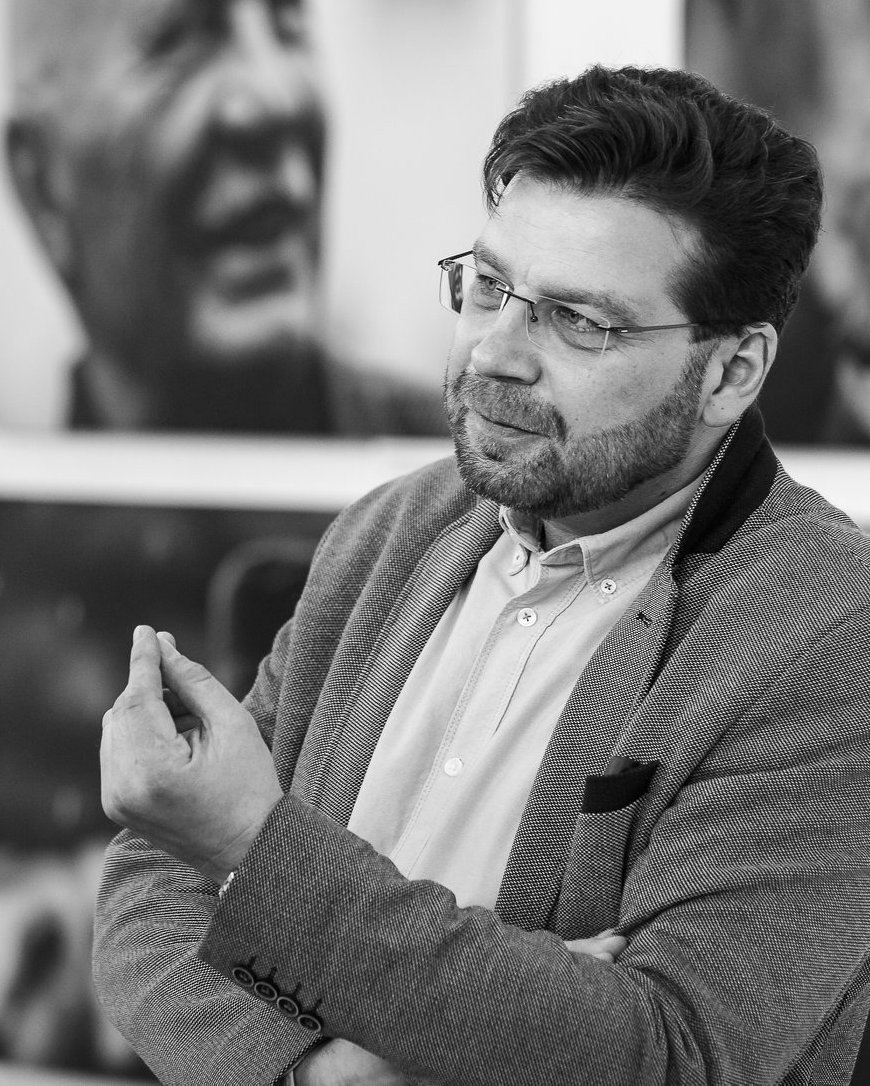
Strokes of Kornelijus Užuotas exhibition “Journey”
The first exhibition of Anima Mundi Academia (AMA) in Šiauliai, Lithuania the exhibition of the painter Kornelijus Užotas “Journey” in the migrating gallery raised many questions. This exhibition revealed many aesthetic, ideological and issues related to painting techniques. The unfolding of bright colors, the combination of various tones on the canvas, the emphasis on the intensity of painting, the direction of movement, and the tempo of color. This would define the stylistics of this painter in recent years. This style of the painter is influenced by the natural, atmospheric and visual mood. Because bright, changeable, contrasting colors, it’s not just a testament to direct atmospheric change. The testimony of the bright summer sun, the testimony of rain gusts, dynamic, it is dynamic, vital changes, changes in life itself, sensory changes, circumstances. And this is a very colorful testimony. All this can be defined by the unifying principle and as a journey of colors, when the colors themselves expand, spill out, seek a wider interaction with the environment. Natural atmospheric changes, weather changes, walking, movement in a living environment, these are colorful, bright interactions. But it is also a journey not only through colors, but also a journey through the colors themselves, the powers they possess and provide, the landmarks they lead in a certain direction.
Another important aspect of this exhibition is the emerging harmony of different techniques here. Next to the castings of the above-mentioned colors, next to the gap inscribed or vice versa, next to the vital testimony of color, next to all this, the drawn strokes begin to show their expression. They are here the invasion of drawing into the plane to be painted, they are witnessing more confusing interactions here. The stroke here can be understood as a direct sign of vitalism. As a sign of vital and biographical, surrounding and inner, profound vitalism. Because such strokes are grass lines, rain lines, tree trunk, animal, hair lines. The play of striated lines is drawn on this or that line. For the painter, the color casting itself becomes no longer sufficient, the whole essential dynamic, organizational expression is developed by the stroke line itself. The graphite drawing line, the black bend of this line, is like an invasion of the dominant of bright colors. A laconic stroke, it is a peculiar controversy with spontaneous color development. The stroke decodes and draws, marks and interprets the living drawing, the line of life, the line of character.
Painting constantly polemics in its own way with the usual or invented temporality, with the forced, with the forced uninhabited, and with the incompletely lived tempo. With an institutionally isolated, scientifically reduced and mechanized pace. He also polemics with a lost, forgotten, unforgettable live catch. With the expression of short-term impressions that are quick and difficult to directly capture, with the resurgent ingenuity or intuition of those expressions. Then it is necessary to rediscover the speed itself, to understand the properties of speed again, and this already requires subtle pictorial remarks. Painting notes as a creative impulse, it becomes a sudden and spontaneous desired and aimed application in the giving of speed, in the turns of color mixes. And there are always other aspects worth looking for in those configurations. One such aspect is stroke speed, ambiguous, multifaceted stroke speed. The speed of the stroke, the ambitious and ambivalent speed, the path moving in its own way, its course, and the movement of something. He creates and creates in it, he draws and there is already a drawing in it. For him, a collection of outlines is enough to bring out the ending, to give birth to the birth itself in a living and fast motion. Colorful and fateful, intricate and at the same time primary, wild task.
Anima Mundi Academia
Jurgis Dieliautas
fenomenon@splius.lt
